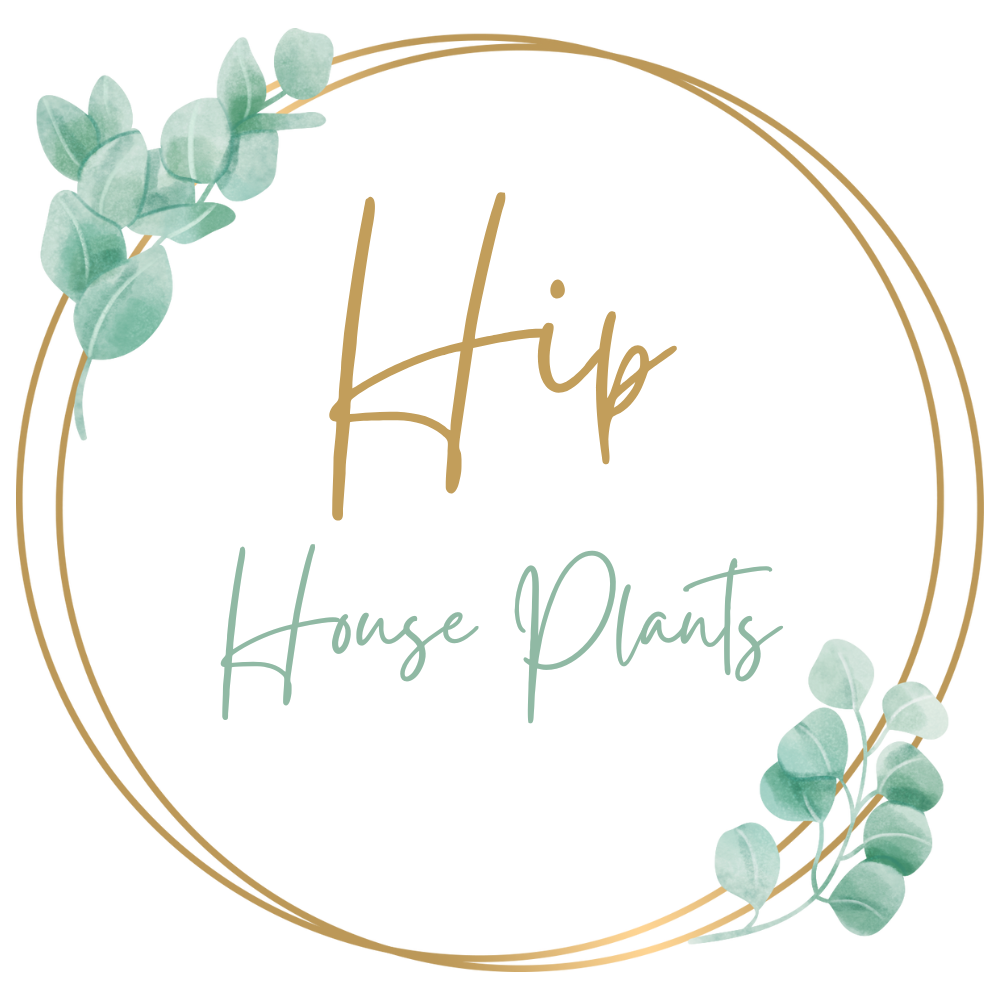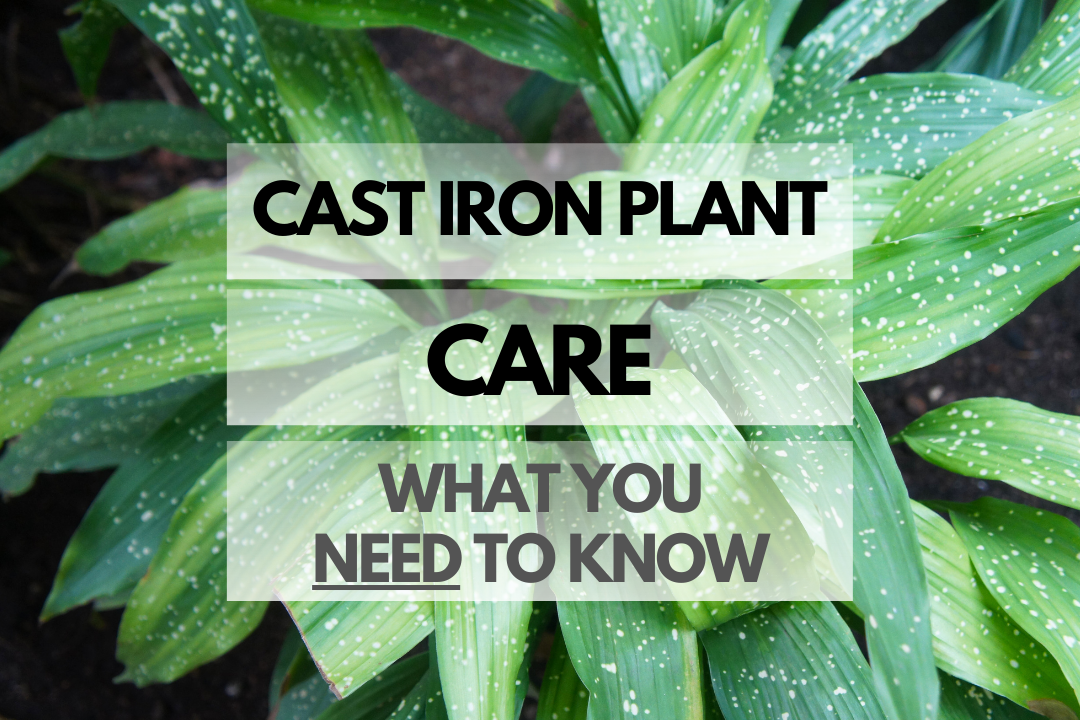If you’re looking for a low-maintenance, hardy plant that can withstand a variety of conditions, look no further than the cast iron plant. This care guide will cover everything you need to know to keep your cast iron plant healthy and thriving, from sunlight and soil requirements to common problems and the best pots.
Cast Iron Plant Care Guide
Quick Reference Table: Caring for Cast Iron Plant
| Aspect | Requirement |
|---|---|
| Sunlight | Low to moderate indirect light |
| Soil | Well-draining, rich in organic matter |
| Watering | Keep soil evenly moist; water when the top inch of soil is dry |
| Pruning | Remove yellow or brown leaves as needed |
| Temperature | 60-85°F (16-29°C) |
Cast Iron Plant Sunlight: Do They Need It and How Much?
Despite its hardiness, the cast iron plant does have some preferences when it comes to sunlight. Ideally, this plant should receive low to moderate indirect light. It’s tolerant of low light conditions but will grow more slowly. Avoid direct sunlight, as it can scorch the leaves.
Cast Iron Plant Soil Tips
Choose a well-draining soil that’s rich in organic matter for your cast iron plant. A mix of potting soil, peat moss, and perlite is a great option. Make sure the soil doesn’t become waterlogged, as this can lead to root rot and other issues.
Cast Iron Plant Watering and Frequency
Keep the soil of your cast iron plant evenly moist, but not wet. Water the plant when the top inch of soil feels dry to the touch. Be careful not to overwater, as this can lead to root rot and other problems. A good rule of thumb is to water the plant every 7-10 days.
Pruning Cast Iron Plant Properly
Pruning your cast iron plant is simple. Just remove any yellow or brown leaves as needed to keep the plant looking its best. This will also help promote new growth and maintain its overall health.
Optimal Cast Iron Plant Temperature: Can They Tolerate the Cold?
Cast iron plants prefer temperatures between 60-85°F (16-29°C). They can tolerate colder temperatures but may suffer if exposed to freezing conditions for extended periods. If you’re growing your cast iron plant outdoors, consider bringing it inside during colder months to protect it from frost damage.
Common Cast Iron Plant Problems
Yellow Leaves
Yellow leaves can be a sign of overwatering. Make sure you’re allowing the top inch of soil to dry out between waterings and that the pot has adequate drainage. If the problem persists, consider repotting the plant in fresh, well-draining soil.
Brown Leaf Tips
Brown leaf tips can be caused by a variety of factors, including underwatering, low humidity, or exposure to drafts. Check your watering schedule, and consider increasing humidity by placing the plant on a tray of wet pebbles or using a humidifier.
Cast Iron Plant Outdoors vs Indoors
The cast iron plant can be grown both indoors and outdoors. Here’s a quick list of pros and cons for each option:
| Location | Pros | Cons |
|---|---|---|
| Indoors | Controlled environment, adaptable to low light conditions, adds beauty to your living space | May require more attention to humidity and temperature, limited space for growth |
| Outdoors | Larger space for growth, natural humidity, can be used as a groundcover in shady areas | Less control over environment, may require protection from frost and direct sunlight |
Best Pots for Cast Iron Plant
When choosing a pot for your cast iron plant, opt for one with drainage holes to prevent waterlogged soil. A ceramic or terracotta pot is a great choice because these materials are breathable and promote healthy root growth. Make sure to choose a pot that is large enough for your plant, but not too big, as this can lead to overwatering and other issues.
Cast Iron Plant Facts
Cast Iron Plant Benefits
- Low maintenance: Cast iron plants are easy to care for and can thrive in a variety of conditions, making them a great choice for beginners or busy plant owners.
- Air purification: These plants help remove toxins from the air, improving indoor air quality and making your space healthier.
- Adaptable: Cast iron plants can tolerate low light and temperature fluctuations, making them suitable for various indoor and outdoor environments.
Growth Rates: How Fast Do They Grow?
Cast iron plants are slow-growing, typically adding only a few inches per year. However, with proper care and optimal conditions, they can reach a height of up to 2-3 feet and a width of 1-2 feet.
Cast Iron Plant Lifespan
With proper care, cast iron plants can live for many years, sometimes even decades. Their long lifespan and low-maintenance nature make them an appealing choice for long-term plant enthusiasts.
Are Cast Iron Plants Safe?
Cast iron plants are non-toxic and safe for both humans and pets, making them a great choice for households with children or animals.
Cast Iron Plant Flowers
While cast iron plants do produce small, inconspicuous flowers, they are not grown for their blooms. The flowers typically appear at the base of the plant and are hidden beneath the foliage.
Cast Iron Plant Types and Varieties
Aspidistra elatior
The most common variety of cast iron plant, Aspidistra elatior features dark green, glossy leaves that can reach up to 2 feet long. This variety is known for its hardiness and ability to tolerate low light conditions.
Aspidistra elatior ‘Variegata’
This variegated cast iron plant variety has green leaves with creamy white stripes, adding visual interest to your indoor or outdoor space. It requires slightly more light than the standard Aspidistra elatior to maintain its variegation.
Aspidistra elatior ‘Milky Way’
Also known as the Milky Way cast iron plant, this variety features green leaves with small white speckles, reminiscent of stars in the night sky. It adds a unique and eye-catching touch to your plant collection.
Cast Iron Plant Pros and Cons
| Pros | Cons |
|---|---|
| Low maintenance, hardy, and adaptable | Slow-growing |
| Non-toxic and pet-safe | Not grown for their flowers |
| Can tolerate low light conditions | Variegated varieties may require more light |
Cast Iron Plant Cost
Cast iron plants typically cost between $20 and $50, depending on the size and variety. Rarer or larger specimens may be more expensive.
Where to Buy Cast Iron Plants
You can find cast iron plants at local nurseries, garden centers, or online retailers that specialize in houseplants. Some popular online options include The Sill, Etsy, and Bloomscape.
Is Cast Iron Plant Propagation in Water Possible?
While it’s not the most common method, cast iron plant propagation in water is possible. To propagate, start by taking a healthy rhizome cutting with some roots attached. Place the cutting in a container of water and change the water regularly. Once new roots have formed, you can transplant the cutting into soil.
Additional Resources
- Missouri Botanical Garden: Aspidistra elatior
- Facebook Group: Houseplant Hobbyist
- National Gardening Association: Aspidistra Plant Database
FAQ for Cast Iron Plant Care
Are Cast Iron Plants toxic to cats?
No, cast iron plants are non-toxic and safe for cats.
Are Cast Iron Plants toxic to dogs?
No, cast iron plants are non-toxic and safe for dogs.
Are Cast Iron Plants toxic to kids?
No, cast iron plants are non-toxic and safe for kids.
How tall do Cast Iron Plants get?
Cast iron plants can reach a height of 2-3 feet and a width of 1-2 feet with proper care and optimal conditions.
Can Cast Iron Plants live outside?
Cast iron plants can be grown outdoors in USDA hardiness zones 7-10. They can tolerate a range of light conditions and temperatures, making them a versatile choice for both indoor and outdoor spaces.
Are Cast Iron Plants poisonous?
No, cast iron plants are non-toxic and safe for humans and pets.
How often should I water my Cast Iron Plant?
Water your cast iron plant when the top inch of soil feels dry to the touch. Be sure not to overwater, as these plants can be susceptible to root rot if left sitting in soggy soil.

